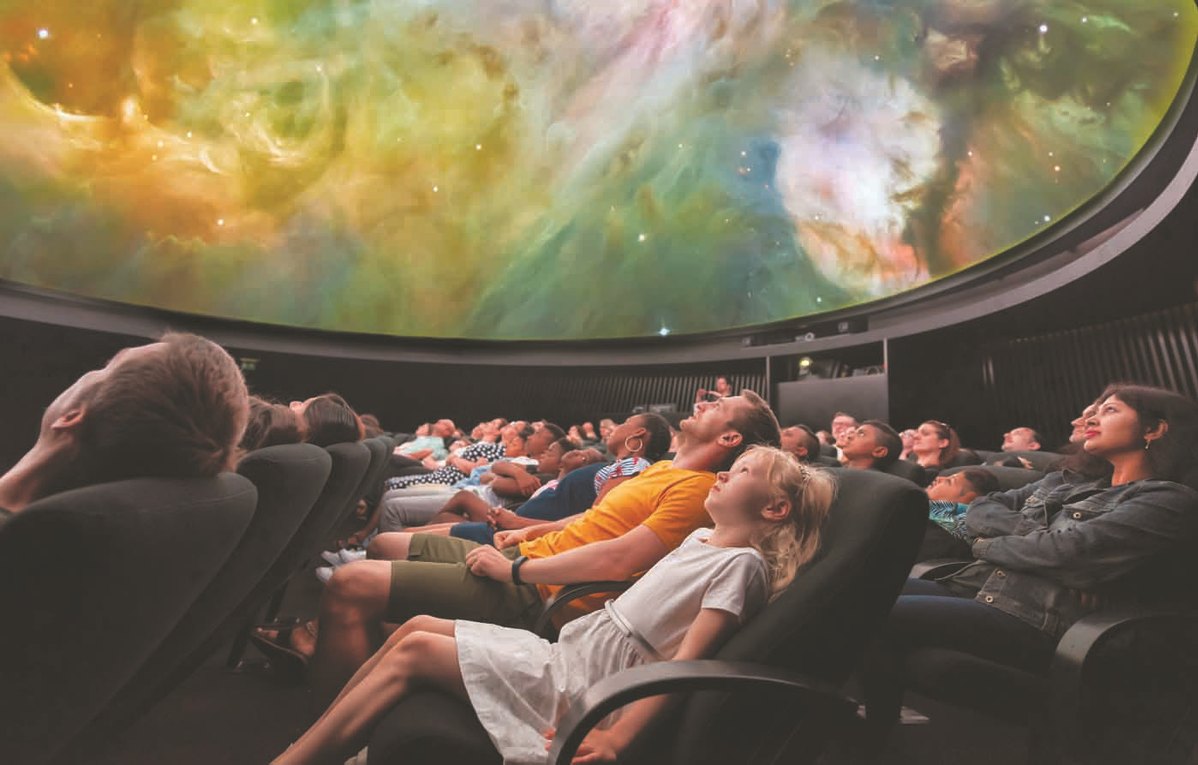Talk celebrates China's heavenly heritage


While the progress of China's Tiangong space station continues to fascinate fans of all things lunar and planetary around the world, anyone wanting to find out more about the past, present, and future of China's involvement with the stars can make the slightly easier journey to Greenwich in London to stay up to date.
On Dec 16, the latest event in the Chinese astronomy program at the Royal Observatory Greenwich takes place, giving visitors a chance to learn all about China's connection with the heavens, from way back in history to what is yet to come.
Tania de Sales Marques, a senior astronomy manager at the observatory, is originally from Macao, China's special administrative region, and she told China Daily that when the venue was looking to expand its programming and audience reach, China was an obvious choice.
"Part of our community strategy is to run events that would appeal to audiences who might not necessarily usually come to us, so first of all we did the astronomy of Islam, which was really successful, and we decided we wanted to develop it further," she said.
"We looked around at local communities that have a rich history of astronomy — ancient and modern — and with me in the team and my background and professional connections, it just made sense to do something about China.
"People are really interested in learning about different ways of looking at the stars, and also learning about the long and rich history of observations, some of which are very accurate, and even though they're hundreds of years old, still guide astronomers today."
With a history of astronomical study and observation dating back to Gan De and Shi Shen in the 4th century BC, China has a huge heritage of celestial observation, which, as Marques put it, "connects pieces of a puzzle that help with modern understanding".
According to the Britannica website, supernova remnant the Crab Nebula, which is particularly clearly visible in winter, was discovered by British astronomer John Bevis in the 1700s. But centuries earlier, Chinese observers were aware of it.
"We use modern things like the Hubble telescope to observe it today, but we know that ancient Chinese astronomers observed it in 1054, when they saw a star come up in the sky for a short time, then disappear.
"They called it the Guest Star, and astronomers have since checked calculations and realized that the Chinese astronomers had observed the supernova explosion that led to the formation of the Crab Nebula."


















